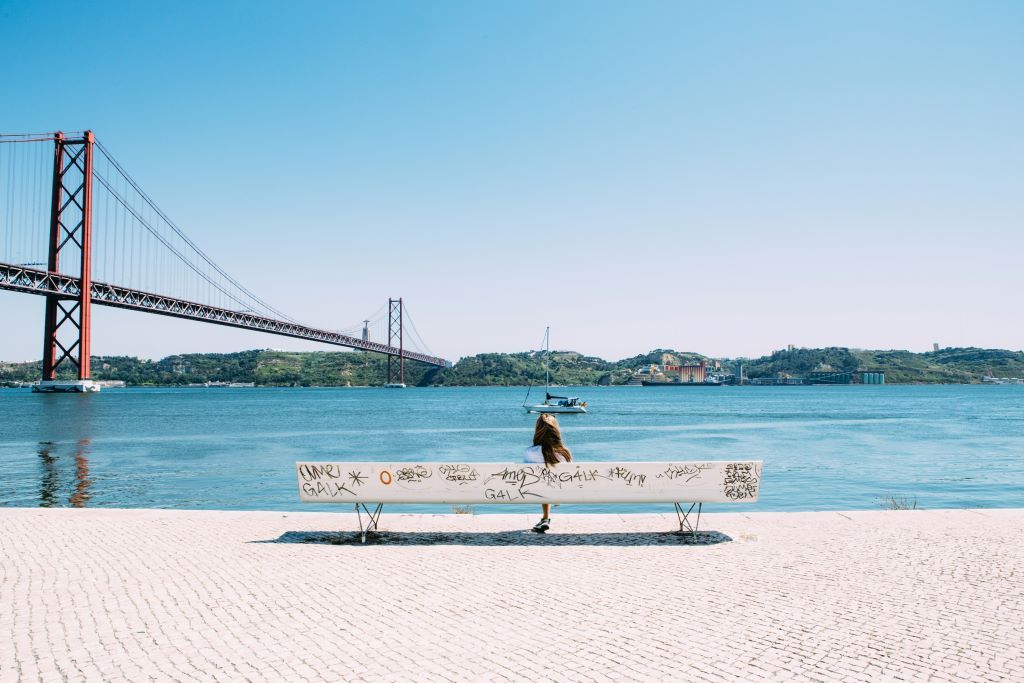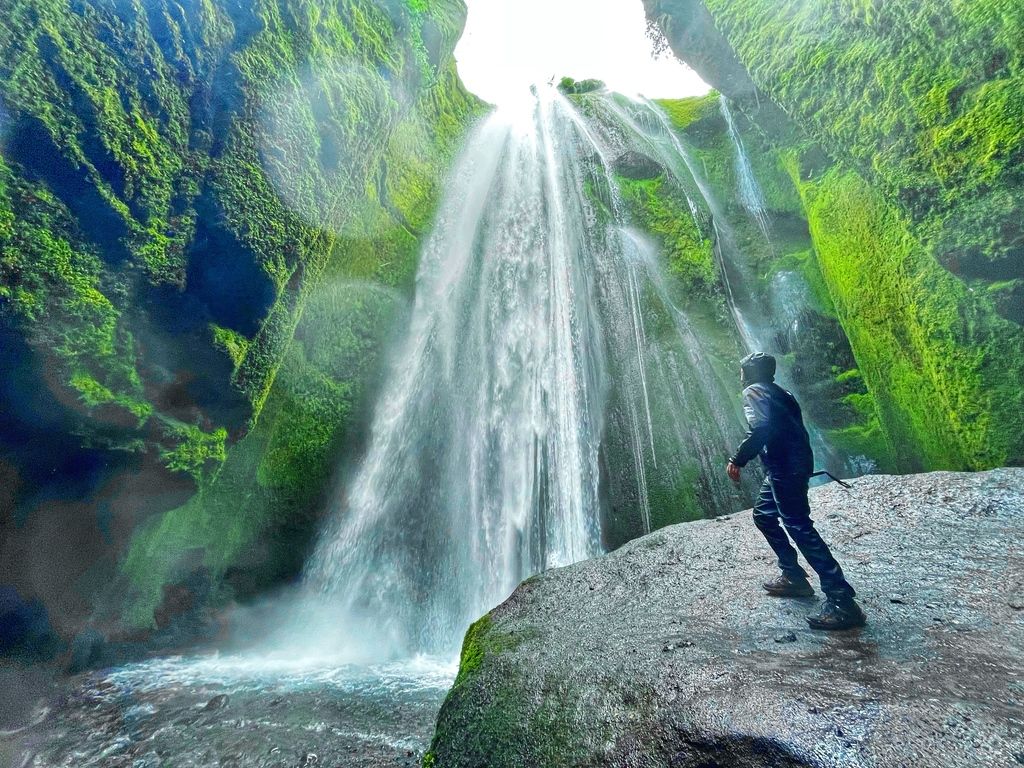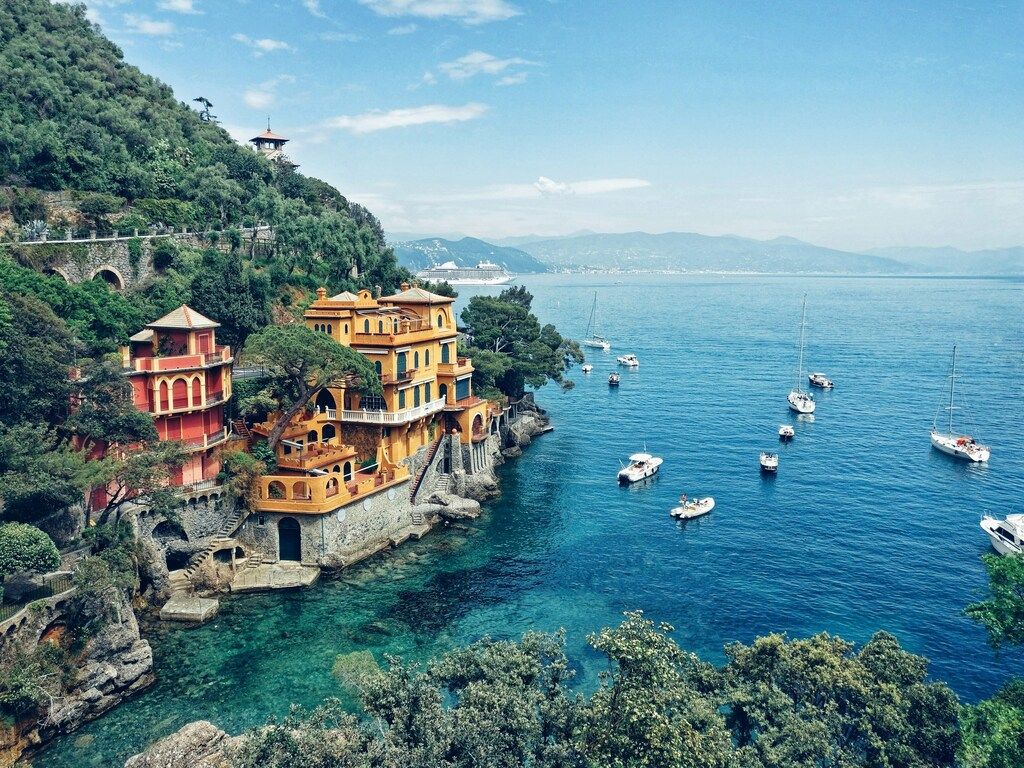

From Alpine villages to coastal cliff towns, Italy offers something for every traveler in every season. The best time to visit depends entirely on your priorities, whether you’re seeking sunshine and sea, snowy mountains, fewer crowds, or local festivals.
Due to its varied geography—from the Alps in the north to the Mediterranean south—the weather and atmosphere can change dramatically. This guide breaks down the best times to visit, season by season, to help you plan the perfect trip.
Spring (March to May): the blooming beauty and gentle warmth
Spring is widely considered one of the best times to visit Italy, offering pleasant weather and manageable crowds before the peak summer heat.
- March: The weather is still cool, especially in the north, but wildflowers begin to appear in regions like Tuscany and Umbria. Tourist numbers are low, allowing for more space at major attractions like the Colosseum without someone’s iPad in your face.
- April: Temperatures become milder, typically around 15–20°C in central regions which is perfect for sightseeing in cities like Rome and Florence. Be aware that Easter can bring larger crowds and slightly higher prices.
- May: This month delivers warm, sunny days without the intense summer heat, with average temperatures around 22°C. The countryside is in full bloom, coastal towns are opening up, and cities are lively but not yet overcrowded. It’s an ideal balance of good weather and breathing room.
Pro tip: Thinking of a city break? For inspiration, check out this list of things to do in Florence.
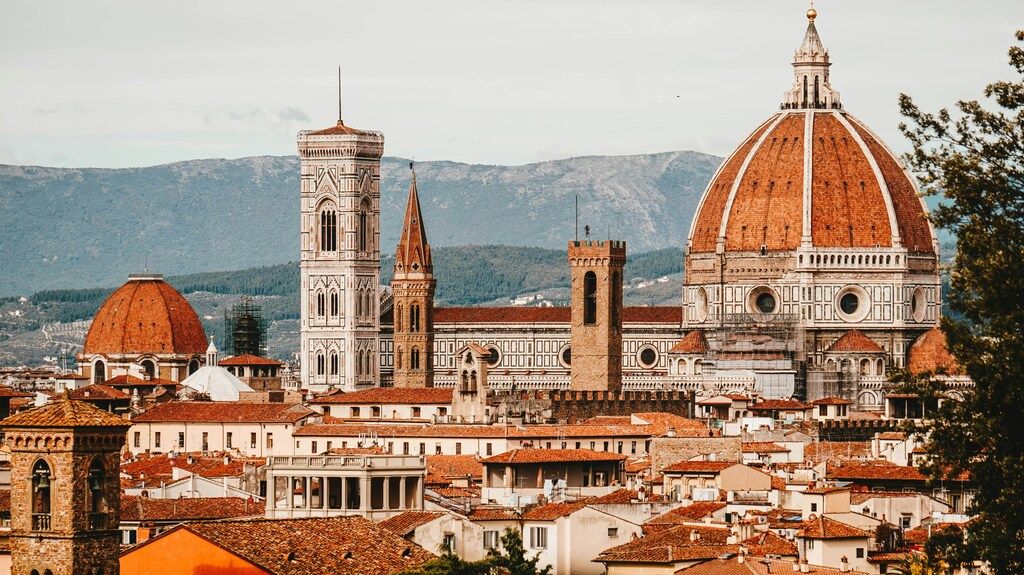
Summer (June to August): sun-soaked shores and bustling cities
Summer in Italy is intense, hot, and vibrant. It’s the season for coastal life, outdoor festivals, and a full-throttle Mediterranean experience. If you love a good sweat and the idea of gelato three times a day, welcome to your season.
- June: Summer officially begins with warm weather, especially in the south where temperatures can exceed 28°C. Destinations like Sicily and Puglia become popular, beaches are in full swing, and city travel is still manageable.
- July and August: These are the hottest months, with temperatures often soaring past 30° (86°F for the Fahrenheit-inclined) and frequently exceeding 32°C in cities like Rome and Naples. This is peak season for both heat and tourism.
- Ferragosto. In mid-August, Italy observes a national holiday. Many locals leave the cities for the coast, meaning urban centers can feel quiet while coastal towns like the Amalfi Coast and Cinque Terre become extremely crowded.
Dreaming of the coast? Read about the best time to travel to the Amalfi Coast to plan around the busiest weeks.
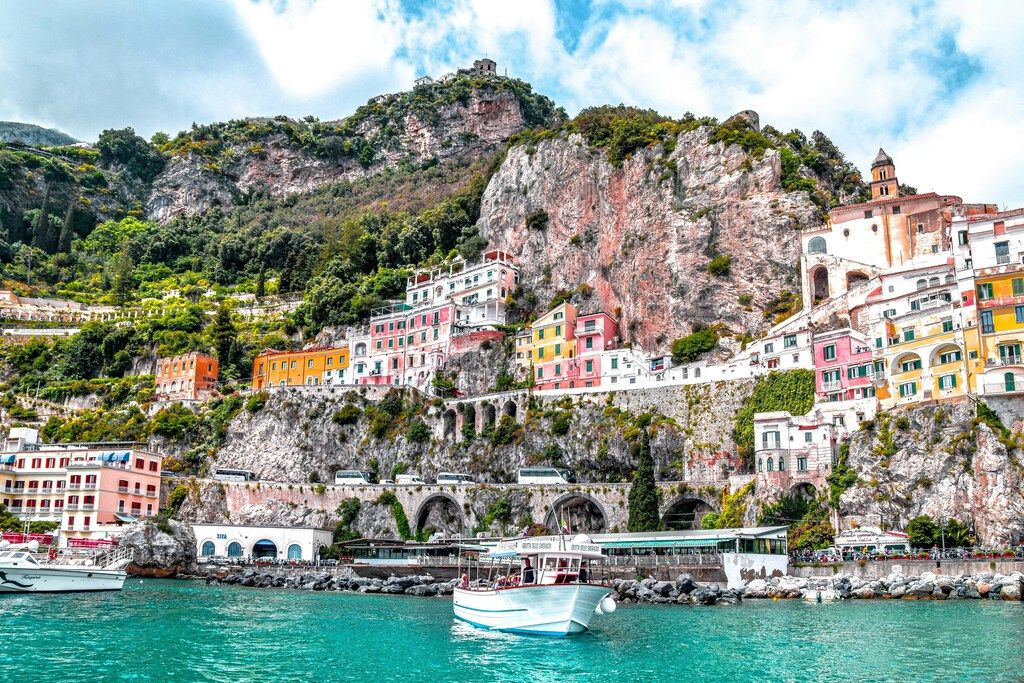
Autumn (September to November): harvest hues and cultural delights
Autumn offers a calmer, more refined experience, often considered as beautiful as spring, with the added bonus of harvest season.
- September: Often called the perfect month to visit.The weather remains warm (mid-20s°C), and the sea is still pleasant for swimming, especially along the Tyrrhenian coast. It’s grape and truffle harvest time, so food and wine festivals are abundant in regions like Tuscany and Piedmont.
- October: The weather cools to mild, comfortable temperatures ideal for exploring the countryside, which is bathed in golden autumn colours. The light is beautiful, the pace is relaxed, and cultural events continue in the cities.
- November: The off-season begins. The north becomes colder with more frequent rain, but southern cities remain milder. This is a great time for budget travel, with fewer crowds and better deals on flights and hotels.
Pro tip: For autumn travel inspiration, see this guide on the best time to visit Tuscany the best time to visit Tuscany.
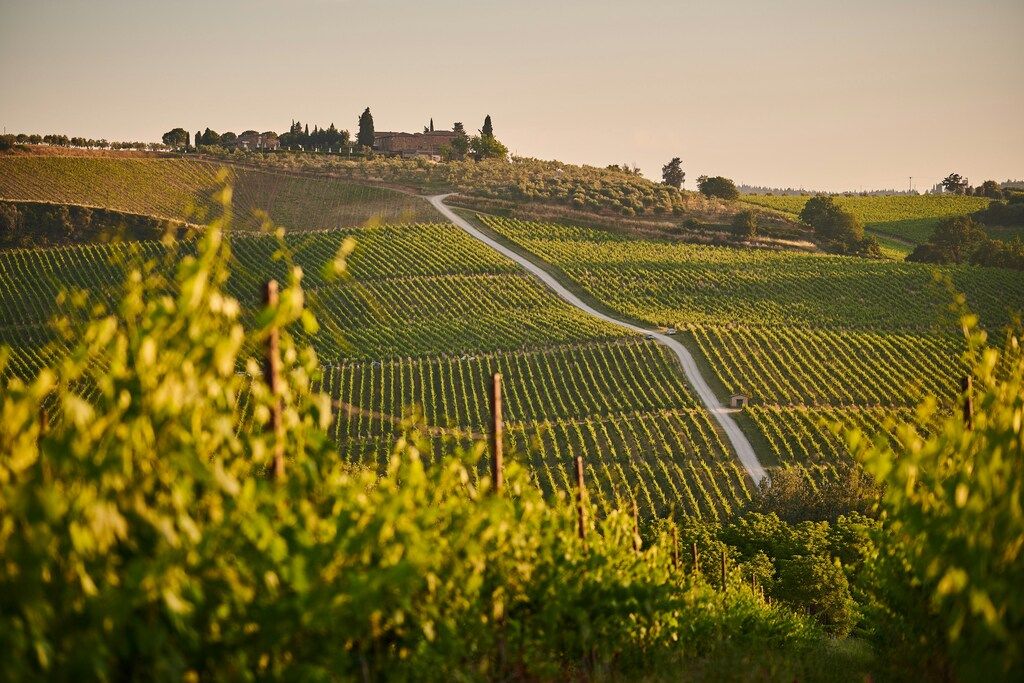
Winter (December to February): festive cheer and quiet charm
While often overlooked, winter in Italy has a unique charm, offering festive markets, a slower pace, and uncrowded attractions.
- December: The month is defined by Christmas markets and festive lights, especially in cities like Bolzano and Verona. The north is cold and sometimes snowy, while the south remains mild (10–15°C). From Milan’s fashion-forward festivities to Bolzano’s Alpine charm, Italian weather in December delivers a chilly but romantic vibe. There’s even snow, if you’re lucky (or strategic).
- January: This is typically the coldest and cheapest month to visit, particularly in northern cities like Venice or Turin. Italy’s climate in January means proper winter: coats, scarves, and the occasional need for hot chocolate as a survival tool. Temperatures can hover around 0–10°C depending on the region and altitude. The reward for braving the chill is dramatically fewer tourists, lower prices, and short queues at museums and galleries.
- February: The weather remains cold but hints of spring can be felt in the south. The main draw is Carnival (Carnevale), most famously celebrated in Venice with masks and mysterious festivities, and in Viareggio with its elaborate parade floats.
For off-season city breaks, here are the top places to see in Rome.

Regional weather variations: Italy’s diverse climates
Italy’s weather varies significantly by region.
- North Italy (think the Alps, Dolomites, Milan, and Venice): Winters are cold with common snowfall, especially in the mountains. Summers are warm and pleasant, with highs in the mid-20s (°C), perfect for visiting lakes or cities.
- Central Italy (Tuscany, Rome, Florence): experiences four distinct seasons with mild winters, green springs, hot summers, and golden autumns.
- South Italy (Naples, Sicily, Puglia): Features a classic Mediterranean climate. Winters are very mild, while summers are consistently hot, often pushing past 30°C, making it ideal for beach holidays.
Average temperatures in January range from -1°C in the north to 10°C in Sicily. In July, they rise to 22°C in Milan and 30°C in Palermo.
Crowd levels and costs: when to expect peak seasons and quiet deals
Timing your trip affects your budget and experience with crowds.
- Peak season (June–August & major holidays): Expect high temperatures, high prices, and large crowds at all major sites. This is not the cheapest time to go to Italy or the most relaxing, but it’s buzzy, energetic, and undeniably romantic.
- Shoulder season (April–May & September–October): Often considered the best time to visit, with a great balance of pleasant weather, manageable crowds, and more reasonable prices. Florence in May? Glorious. Amalfi in late September? Perfection.
- Low season (November–March, excluding holidays): The cheapest time to travel. Crowds are minimal, offering a more authentic experience. Some attractions may have shorter hours, but you’ll see a more authentic side of Italian life.
Pro tip: During peak season, book everything well in advance. During the low season, look for local festivals for a unique cultural experience. Choose quieter gems from the best places to visit in Italy during shoulder or low season.
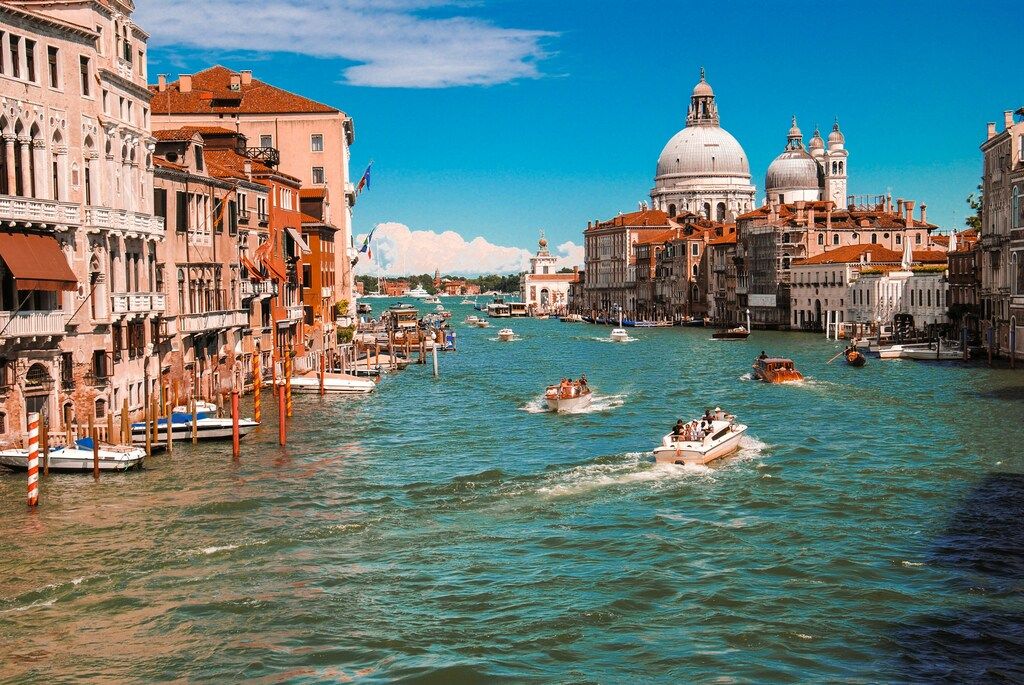
Choosing by activity: tailoring your trip to the season
The best time to go depends on what you want to do.
- Hiking and outdoor adventures: Spring and autumn offer the best weather—not too hot, not too cold. Check out the 6 best hikes in Italy for jaw-dropping scenery and calf-toning trails.
- Beach days and coastal escapes: Summer (June to August) is the prime window for sun and sea in places like Sicily and the Amalfi Coast.
- Skiing: Winter (December to March) is the season for skiing in the Alps and Dolomites.
- City breaks and museum hopping: Shoulder seasons (April, May, September, October) offer the most pleasant weather for exploring cities on foot. Winter is great for fewer crowds.
- Festivals and events: Italy’s calendar is full year-round. Time your trip to coincide with events like Venice Carnival (February) or autumn truffle fairs.
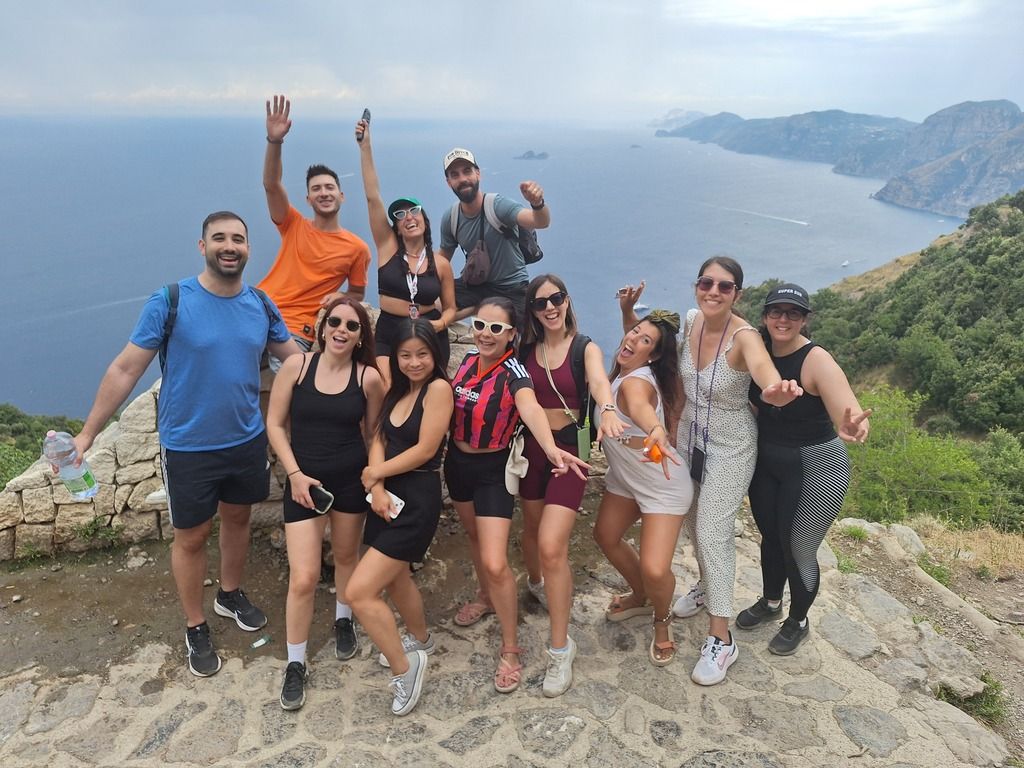
Your italian adventure, perfectly timed
Ultimately, the best time to visit Italy is whenever best fits your personal travel style, budget, and interests. Whether you’re seeking snow-covered peaks in January, beach relaxation in July, or harvest feasts in October, Italy has a season for you. Ready to make it happen? Let WeRoad do the heavy lifting. Whether you’re dreaming of peaks, piazzas, or prosecco, these curated trips offer unforgettable experiences:
- Explore the Dolomites on a group adventure
- Experience Italy’s south with our express group tour
- Join our Rome, Venice & Italy 360 small group tours
- Discover Rome, Florence & Siena on a group journey
- Savor Tuscany’s art and wine with our 360 group trip
- Uncover Sicily’s wonders on a 360 group tour
All that’s left is to choose the season that shows Italy at its best—for you.

